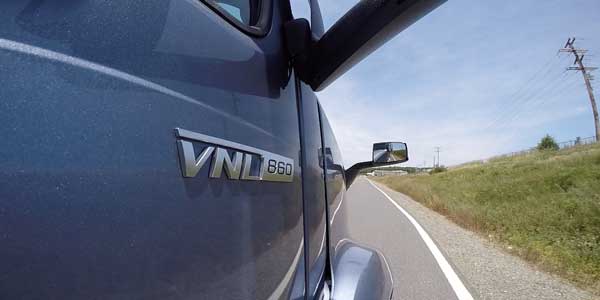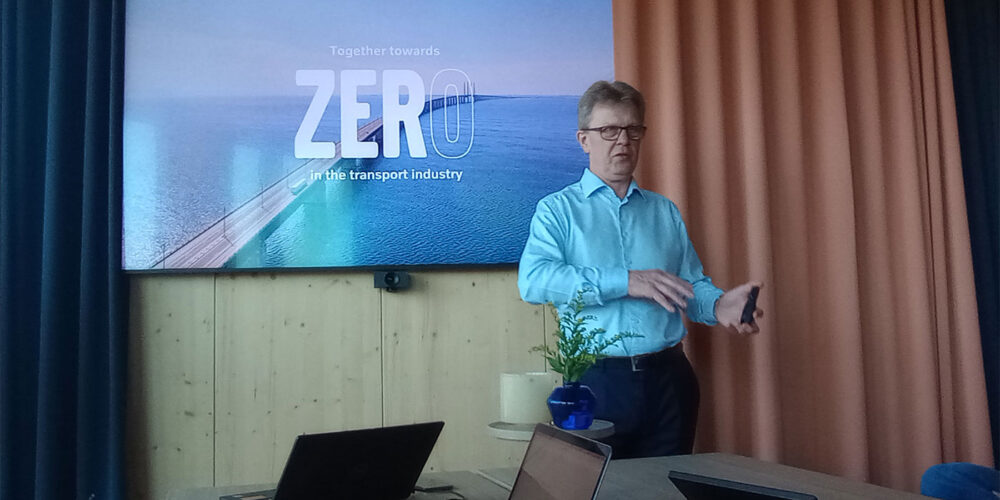We know it’s not easy to keep up with everything that happens in the world of trucking. So here are the biggest stories from August focused on the latest truck trends, all in one place.
5. Taking a look at Volvo’s new VNL
We don’t usually talk about straight news in this series, but what could be more of a truck trend than a brand new truck? Volvo announced its new VNL last month, its first completely new Class 8 truck since 1996, and Fleet Equipment‘s coverage was extensive, from this executive interview to this photo gallery to this video test drive.
4. The economy is sluggish—what that means for trucking
“Shippers and logistics providers are currently attempting to make sense of conflicting signals related to sluggish economic growth. The International Monetary Fund predicted 3.5% worldwide growth in 2017. However, in the first quarter of this year the U.S. GDP rose only 1.2%. While this is ahead of last year’s 0.8% growth, it is only the fourth-fastest first quarter of the last six years.”
Editor-at-Large Carol Birkland takes a look at the sluggish economy and what it means for the trucking industry.
3. Optimizing truck tire inflation pressure in the summer
“Life in the digital world is full of intangibility. Heavy-duty trucks that roar down the highways are transformed into plots on an MPG graph and notifications in a safety or maintenance incident. Staring at a dashboard with seemingly limitless digital truck data can be overwhelming and intimidating. The key to using data to impact the real world is knowing where to start.”
Technology slow down for no one; but fleets looking at the myriad of data available about their trucks may need to take a step back and understand what it all means and what they need to know. Editor Jason Morgan outlines where to start with analytics.
2. Balancing the need for both efficiency and power in engines
“A recent trend in the trucking industry reveals surprising results. In 2009, 56% of all US Class 8 trucks spec’d engines were greater than 13 liter, (a.k.a. big-block or big-bore engines), but as of 2016, that number has fallen to about 40%. The reason for this may be that fleets that prioritize efficiency and lighter-weight trucks are finding that spec’ing a smaller engine with high HP and torque ratings gets the job done.”
In the face of this trend, many fleets need to find the right balance between power and efficiency in their engines.
1. FE turns the wheel off-road with Kenworth
Hit the road with FE as we tackle the DirtFish rally course in a Kenworth T880, and don’t forget to look for new videos at feontheroad.com.














